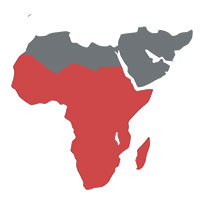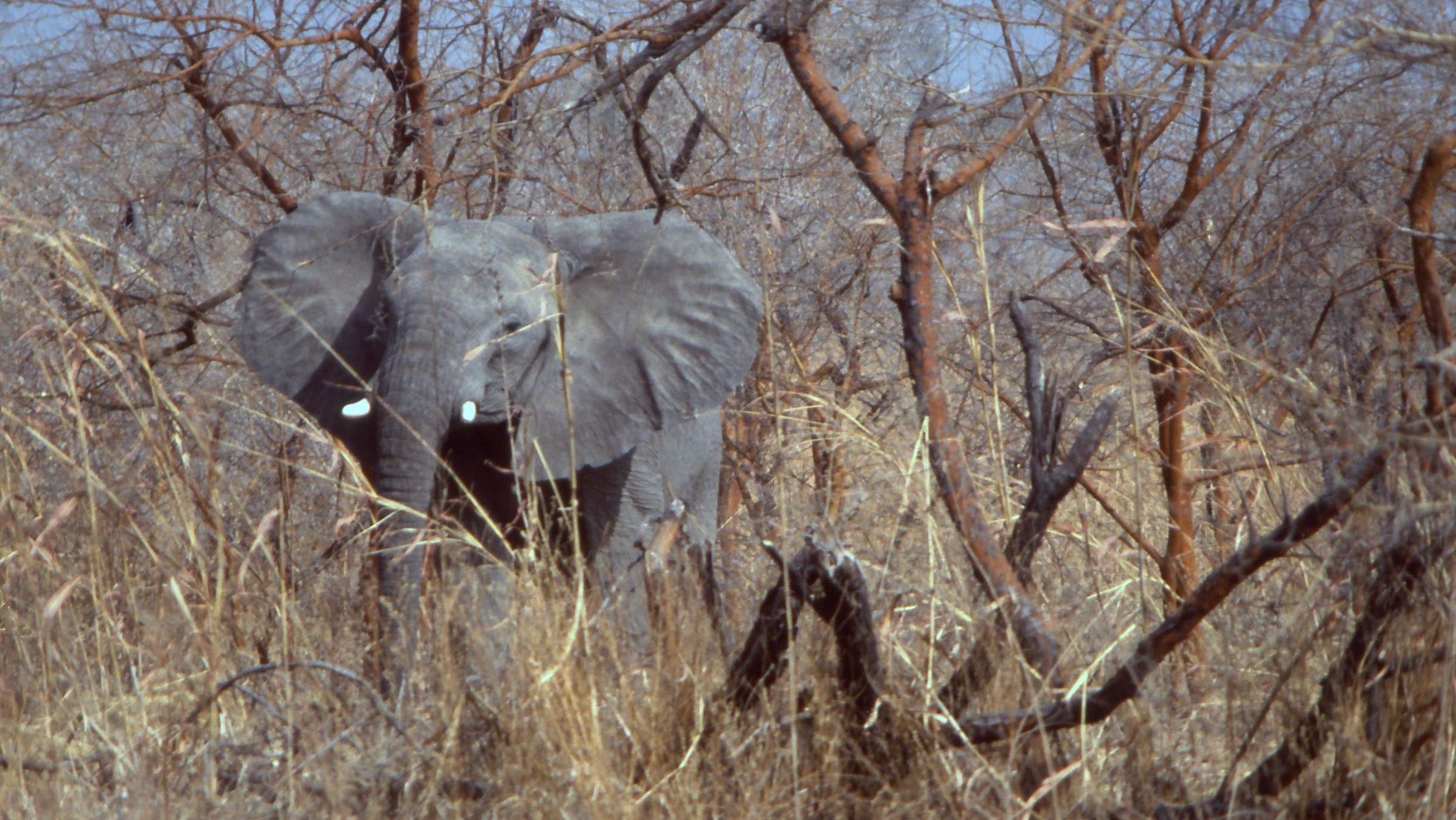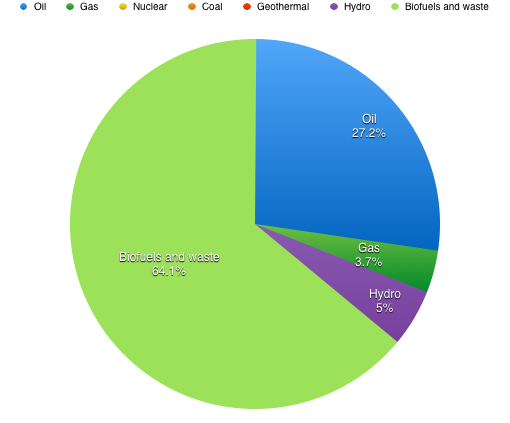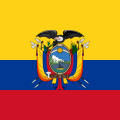Cameroon – COP21 Profile
admin | December 7, 2015.
Cameroon, located in central Africa, is a highly biodiverse country. The Congo Basin, home to 15% of the world’s remaining tropical forests, lies partly in Cameroon. More than 8,000 species of plants, including 156 endemic species, can be found in the country.
However, Cameroon faces a number of environmental threats, including poaching, the illegal trade of ivory and protected species, unsustainable timber exploitation and palm oil production, and industrial mining, among others.
Although Cameroon has one of the highest literacy rates in Africa, the country’s progress is hampered by persistent corruption. Its Human Development Index is just 0.50, placing it 150th out of 187 countries.
Like many relatively low income and African nations, the country faces severe risks from climate change. A significant portion of their economy comes from agriculture, particularly rain-fed crops. More erratic and more extreme rainfall intensities will disrupt plantings and lead to economic losses. They will also alter hydropower electricity production. Lastly, since Cameroon’s people and ecosystems have developed within a very narrow temperature range, their ability to adapt to more wildly fluctuating temperatures is reduced.
Cameroon has taken a number of steps to improve its climate policies. Chief among these are several recent efforts to protect and restore its forests. For example, in September 2015, it joined five other Congo forest basin nations in launching the Central African Forest Initiative, with support from the United Nations REDD Programme. As a member of the Forest Carbon Partnership Facility, Cameroon receives technical and financial assistance for forest protection and restoration.
- Capital: Yaoundé
- Population: 21 million
- COP classification: Non-Annex I
- Member of African Union and G77
- Country grouping(s) within the UNFCCC: G77+China
- Head of State: President Paul Biya
- Head of Government: Prime Minister Philémon Yang
- Chief negotiator: Joseph Armathe Amougou, National Focal Point to the UNFCCC
Emissions Profile
Total greenhouse gas emissions in Cameroon, including from land-use change and forestry (LUCF), increased by 1.98% from 1990 to 2012. The biggest increase came from the energy sector, while emissions from LUCF decreased somewhat.
- Annual gross greenhouse gas emissions, incl. LUCF (2012): 191.20 megatonnes [Country rank: 41st]
- Annual greenhouse gas emissions per capita, incl. LUCF (2012): 8.81 [Country rank: 57th]
UNFCCC Profile
Pre-2020 commitments:
– Cameroon acceded to the Kyoto Protocol on August 28, 2002.
– As a Non-Annex I country, Cameroon is not required to reduce its greenhouse gas emissions under the Kyoto Protocol.
– Status of ratification of the second commitment period of the Kyoto Protocol (the Doha Amendment): Not accepted.
INDC commitments:
– A conditional 32% reduction in greenhouse gas emissions by 2035, based on 2010 levels. Targets are conditional upon international support in the form of finance, technology transfer and capacity building.
– Mitigation strategies including: “greening” agricultural policies, sustainable forest management, improving energy efficiency and 25% of energy coming from renewables by 2035
– Reaffirmed its June 2015 National Climate Change Adaptation Plan, a four-part plan to guide its adaptation activities through 2035.
Energy Profile
Approximately 10 million people, or 46% of Cameroon’s population, do not have access to electricity. In rural areas, 83% of people live in energy poverty.
The main energy sources in Cameroon are biomass and waste, which account for 64.1% of Cameroon’s primary energy supply.
Data source: REEGLE 2012.
Created in conjunction with WWF.















comment